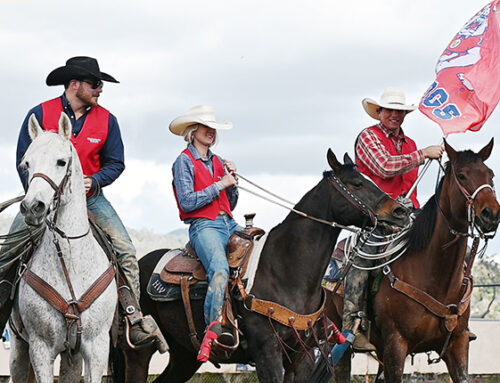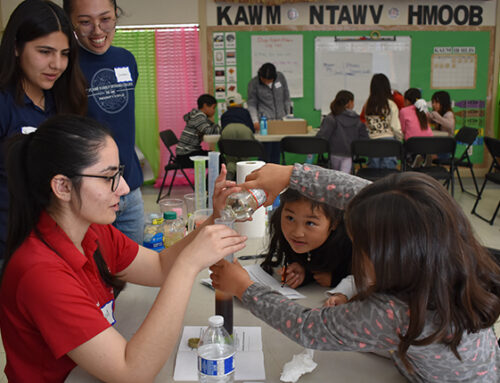In the face of prolonged droughts and diminishing water tables, a research report sheds light on an innovative solution that could reshape California’s water management landscape.
The report examines the effectiveness and cost-efficiency of shallow subsurface artificial groundwater recharge in comparison to traditional groundwater recharge basins. The research, conducted at the Fresno State farm in 2021-22, indicates that this method outperforms traditional recharge basins in both efficiency and cost-effectiveness.
Cordie Qualle, the lead researcher, stated, “The research indicates that the [shallow subsurface artificial groundwater recharge] system does not have the evaporation losses which occur with recharge basins and is approximately six- to eight-times less expensive to implement than a recharge basin of the same size.”
California’s water supply consists of both surface water as well as groundwater and supports agricultural and municipal uses. Groundwater supplies about 41% of the state’s average annual water use and is the sole source of clean, affordable water for many farms, communities and individual households.
Over the years, overuse of groundwater caused by prolonged and cyclic droughts has led to a decline in both quality and quantity of groundwater. The consequences of this include the depletion of water tables — resulting in domestic, municipal and agricultural wells going dry.
In response to these challenges, the California legislature enacted the Sustainable Groundwater Management Act in 2014 to halt groundwater overdraft. The act is intended to reduce groundwater pumping and increase groundwater recharge. Technologies that can accomplish the goal include traditional recharge basins, flood managed aquifer recharge and shallow subsurface artificial groundwater recharge.
A shallow subsurface artificial groundwater recharge system is a leach line system that puts clean water into the groundwater table. It consists of a surface water source, a connection from that source to a pump system, a filtration system, a flow meter, a delivery pipeline, a standpipe and a distribution pipeline consisting of solid wall header pipes and perforated recharge pipes.
The perforated pipes release the recharge water into the soil at a depth of six to 12 feet below the ground surface. From there, it percolates through the intervening soil layers into the groundwater table using the soil to further treat the water.
“The important reasons for implementing [shallow subsurface artificial groundwater recharge] are that it is 100% efficient in delivering recharge water; it does not interrupt farming operations when applying recharge water; it is easily integrated with existing drip irrigation systems; it can be implemented over large areas of suitable land; and does not leach legacy nitrates, pesticides, or herbicides into the groundwater.”
“The report’s insights will be crucial for water resource managers and other stakeholders as they move forward in implementing innovative and effective strategies for managing the state’s water resources,” said Laura Ramos, interim director of the Research and Education Division of the California Water Institute. “It will provide one more option in the toolbox for water managers.”
This research was funded by the California State University Agricultural Research Institute, private donations and contributors including Lidco, Inc. and Grundfos Pumps. The research team consisted of Qualle, Gabriella Bonilla, Mary Church, Stephanie Bartel, Andrew Guthrie and Sam Hawley.
(Story by Julissa Zavala, California Water Institute)
Photo caption:
Fresno State retired engineering faculty Cordie Qualle discusses an aquifer groundwater recharge project he helped design at the location site next to a campus almond orchard with Bill Green, education specialist for the Fresno State Center for Irrigation Technology. Photo by Geoff Thurner





